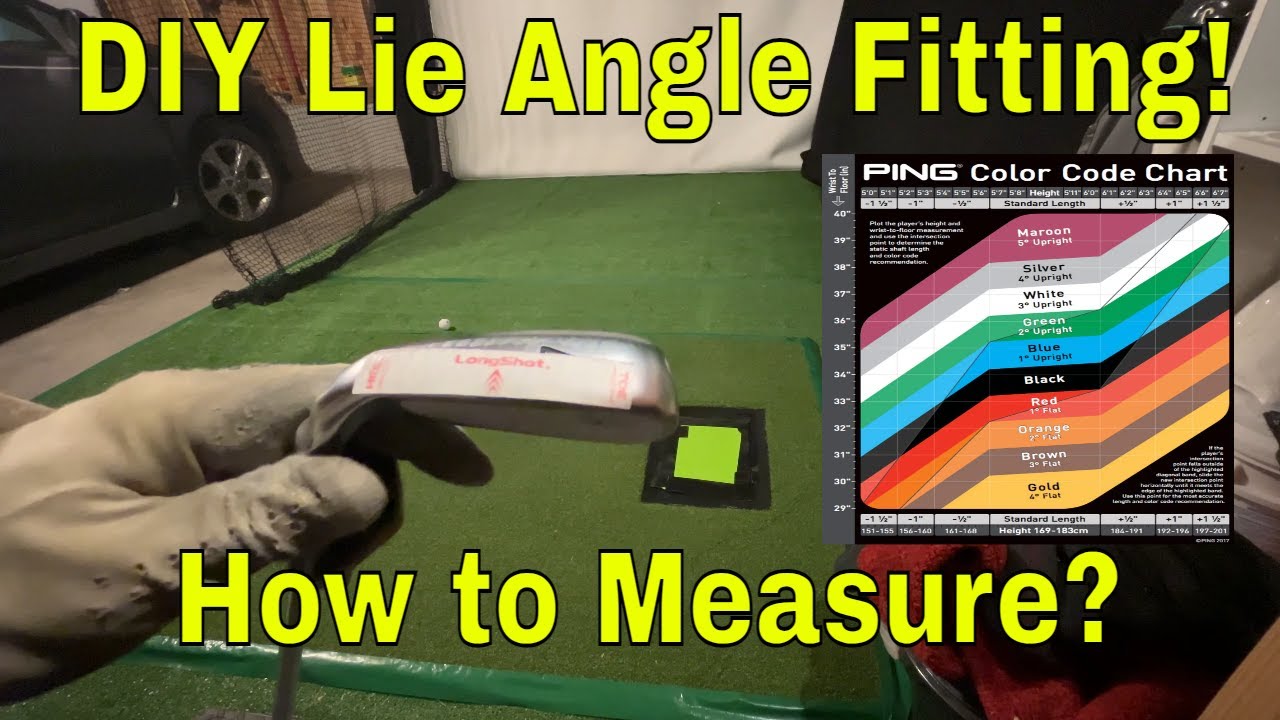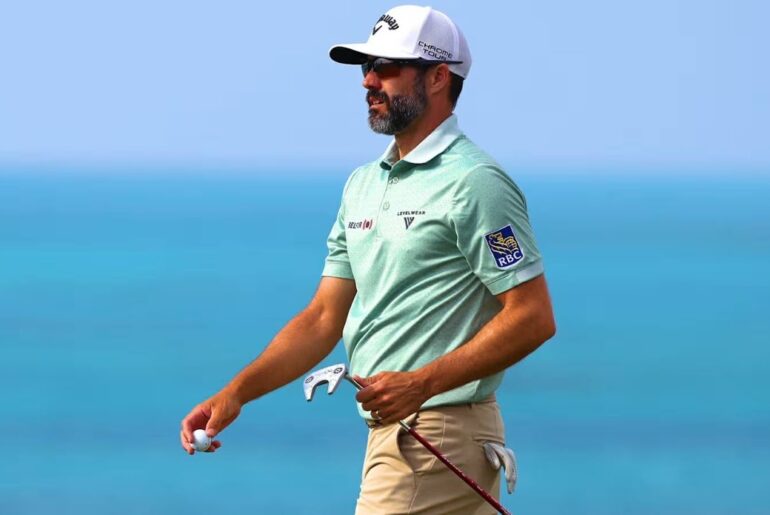amazon links
lie angle tape- https://amzn.to/4865rFv
golf club face tape- https://amzn.to/4dyAJpk
Garmin R10- https://amzn.to/4dCrsxf
Hitting Mat – https://amzn.to/3T14UhK
Impact Screen- https://amzn.to/3T6aDTv
Garland/Grass Rug- https://amzn.to/4dWp8Ba
Black Canvas for Ceiling and Side- https://amzn.to/4751RdT
Impact Net- https://amzn.to/46ZoNeJ
Curtain Tract System- https://amzn.to/3T4EwDC
Green Duct Tape- https://amzn.to/46ZObB7
Leveling Stand for Garmin- https://amzn.to/3X5m4Ma
Golf Club Lie Angle Test! How to Measure Golf Club Lie Angle! Ping Golf Club Lie Angle Measurement!
I’m new to the game and still don’t get what lie angle is and why it matters. Care to explain? – Wayne N., Alabama
This isn’t the first time we’ve covered lie angle here in the mailbag. But since repetition leads to retention and knowledge is power, it never hurts to brush up on what lie angle is and how it relates to every club in the bag.
Lie angle, as it’s defined, is fairly simple to understand. It’s a measurement of the angle formed by the hosel/shaft and the ground when the head is at rest or when the grooves are parallel with the ground. The greater the lie angle, the more “upright” the club is. The less the lie angle, the more “flat” the club is.
If your clubs aren’t fit properly for your swing, the lie angle of your clubs will hinder your ability to hit solid shots. For instance, if your iron’s lie angles are too upright for your swing, you’ll likely make heel contact with the ball and leftward divots, which then lead to leftward pulls and hook shots.
If your irons are too flat for your swing, you’ll make contact and divots from the toe section, which will push shots out to the right. Sometimes golfers are able to work their swings to fit the lie angles of their clubs, manipulating the swing arc to match the lie angle to find solid contact in the intended direction. But, you and I both know that attempting to shoehorn your swing into your club’s lie angles is a recipe for inconsistency and frankly, makes the game harder than it needs to be.
So what should you do and what do you need to know about lie angles? Let’s break it down into 5 key points:
Your clubs all have specific lie angles, and yes, the lie angle on your woods/drivers is important.
The goal is to set up over the golf ball with close to the same posture no matter what club is in hand, and many golfers fail realize that all their clubs have their own lie angles due to the varying lengths of each club. Longer clubs will require flatter angles, and shorter clubs will require more upright angles to keep your posture relatively the same. The only exception to this sort of rule is something like an iron set comprised of single-length shafts.
If all the irons in the set are the same length, then there’s no reason to have different lie angles for each one. Also, we’ve heard, seen and read about lie angle not mattering as much with woods and drivers as much as it does with iron and wedge fittings. We happen to agree with that for reasons we can talk about later — ever heard of shaft droop? — but strongly feel the lie angle on your woods/driver is still important.
If your driver or wood (or sometimes even a hybrid) has a hosel sleeve, you’ll likely see that not only will adjusting affect loft and face angle, but lie angle comes in to play as well. Typically, when you set the club in a draw setting, the club will rest more upright. When switching to a fade setup, the club will rest in a flatter setting.
We know to stay in our lane, but sometimes swing theory and instruction play too big a role not to mention it. As discussed already, if you’re manipulating your swing to fit the lie angle of your clubs, you’re not taking full advantage of your natural swing tendencies. And furthermore, don’t settle for a lie angle fitting based on only one or two metrics. For years, equipment manufacturers — and even guilty golf writers — recommended golfers dial in their lie angles as either upright, standard or flat, based on height and arm length.
And while both are indeed factors for fitting the proper lie angle on your clubs, how you swing is just as, if not more, important. It’s possible to be a taller player well over 6 feet tall who has a flatter than average swing. For instance, Matt Kuchar is 6’4″ and has one of the flattest swings ever seen on the PGA Tour. Comparatively, Justin Thomas is 5 inches shorter than Kuchar and has one of the most upright swings in the game. Point is, fit your lie angles to your swing, not just your static measurements. An experienced fitter will use every tool possible at his disposal to get you dialed in, including impact tape/powder, a launch monitor, lie board and more.







